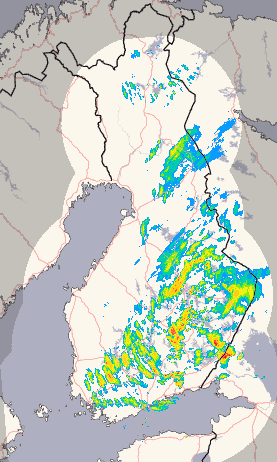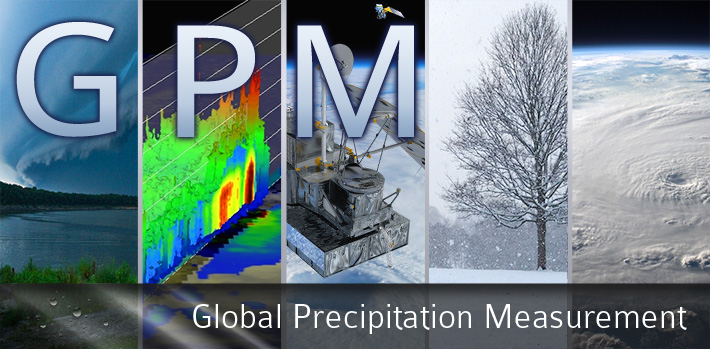International Coordination
LPVEx is a collaborative effort between CloudSat, the GPM Ground Validation (GV) program, the Finnish Meteorological Institute (FMI), Environment Canada (EC), the United Kingdom National Environmental Research Council, Vaisala Inc., and the University of Helsinki (UH). CloudSat will lead the overall coordination of the field campaign including the planning, execution, and subsequent analysis and archival of results. CloudSat will support a majority of the proposed aircraft operations, including transit to/from Helsinki, crew costs, instrument installation and operation, a minimum of 25 science flight hours, pre-flight planning, in-flight coordination of airborne and ground-based assets with the meteorology of interest, and leading post-flight data analyses of collected data. It has been determined that the optimal platform for LPVEx is the University of Wyoming King Air (UWKA) aircraft since it is the only platform that offers multi-beam W-band radar allowing microphysics and reflectivity observations to be collected simultaneously. Given its compact size, the UWKA is also well-suited to making rapid in-flight adjustments to flight plans to target areas of interest. Upon completion of field operations, CloudSat will oversee all subsequent data analysis ensuring that quality-controlled versions of all data products are archived in a timely fashion. CloudSat will also coordinate with the appropriate algorithm development teams to conduct comprehensive evaluation of satellite rainfall estimates and maximize the benefits of the collected data for improving future products.
GPM will oversee the installation and operation of numerous additional ground assets including rain gauges and disdrometers to augment and extend the volumetric use of existing in situ rainfall sensors on the ground. In addition, GPM will support an additional 15 flight hours allowing the experiment to be extended for two additional weeks in October 2010. Under a sub-project entitled "Microphysical Characterization of Light Precipitation - Multi-sensor Observations and Modeling (MILIP)" funded by the Academy of Finland, FMI and other Finland-based collabrorators will be responsible for the operation and data collection from 2 polarimetric, C-band, Doppler radars, the operation of in situ instrumentation at relevant Helsinki Testbed (HTB) sites, and the launch of soundings to support flight operations. In addition, FMI and UH will provide local forecast support in flight planning briefings and contribute aerosol probes to augment cloud/precipitation microphysics probes aboard the aircraft.
GPM will oversee the installation and operation of numerous additional ground assets including rain gauges and disdrometers to augment and extend the volumetric use of existing in situ rainfall sensors on the ground. In addition, GPM will support an additional 15 flight hours allowing the experiment to be extended for two additional weeks in October 2010. Under a sub-project entitled "Microphysical Characterization of Light Precipitation - Multi-sensor Observations and Modeling (MILIP)" funded by the Academy of Finland, FMI and other Finland-based collabrorators will be responsible for the operation and data collection from 2 polarimetric, C-band, Doppler radars, the operation of in situ instrumentation at relevant Helsinki Testbed (HTB) sites, and the launch of soundings to support flight operations. In addition, FMI and UH will provide local forecast support in flight planning briefings and contribute aerosol probes to augment cloud/precipitation microphysics probes aboard the aircraft.









